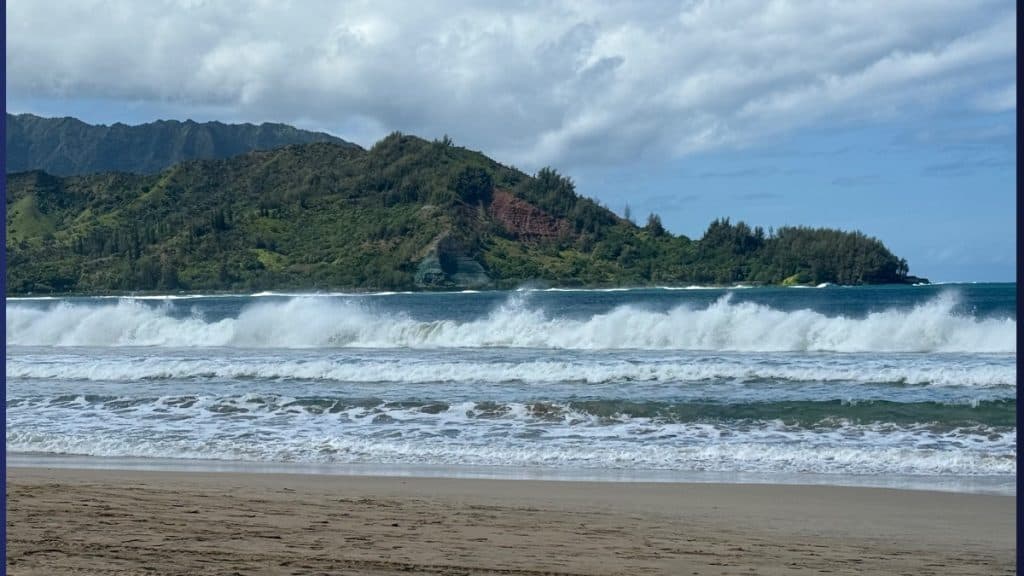High Surf Advisory Raised For Kauai, Ni‘ihau North And West Shores
A National Weather Service advisory warned residents of large northwest swell that produced dangerous surf along Kaua‘i and Ni‘ihau on November 22 and 23. The advisory matters because it raised risks for swimmers, shoreline workers, and first responders, and highlighted ongoing needs for outreach and ocean safety resources.

The National Weather Service in Honolulu issued a high surf advisory that took effect at noon on November 22 and remained in place through 6 p.m. on Sunday, November 23 for north and west facing shores of Kaua‘i and Ni‘ihau. Forecasters attributed the advisory to a rising moderate long period northwest swell that gradually increased the afternoon of the 22nd and peaked into the 23rd.
Forecasted surf reached 10 to 15 feet along northern shorelines and 8 to 12 feet along west facing shorelines. Officials described the impacts as moderate, with strong breaking waves and strong currents that made swimming dangerous. The advisory prompted reminders from ocean safety personnel and lifeguards urging the public to avoid entering rough surf. When in doubt, don’t go out.
Local residents and visitors encountered cancelled or curtailed beach activities during the advisory period. Commercial and subsistence fishers who rely on nearshore waters faced hazardous conditions, and recreational boaters were advised to exercise caution or postpone outings. For community health, high surf events carry an elevated risk of rescues, water related injuries, and strain on emergency response teams and hospital emergency departments. Smaller communities and households with limited access to safety information or transportation can be disproportionately affected when hazardous ocean conditions arise.
The event also underscored longer term equity issues around funding for lifeguard staffing, multilingual outreach, and community education about ocean hazards. Strengthening coordination between emergency services, county officials, and neighborhood organizations can reduce preventable harm during future high surf events. Public health planners note that timely warnings and accessible safety guidance are crucial to protecting vulnerable populations, including non English speakers, working shoreline residents, and elderly residents who may have difficulty reaching safer areas.
As conditions calmed after the advisory expired, officials continued to encourage residents to check with lifeguards and the National Weather Service before returning to exposed beaches. The episode served as a reminder of the ocean’s power, and of the need for sustained investment in community safety and preparedness along Kaua‘i’s shores.

